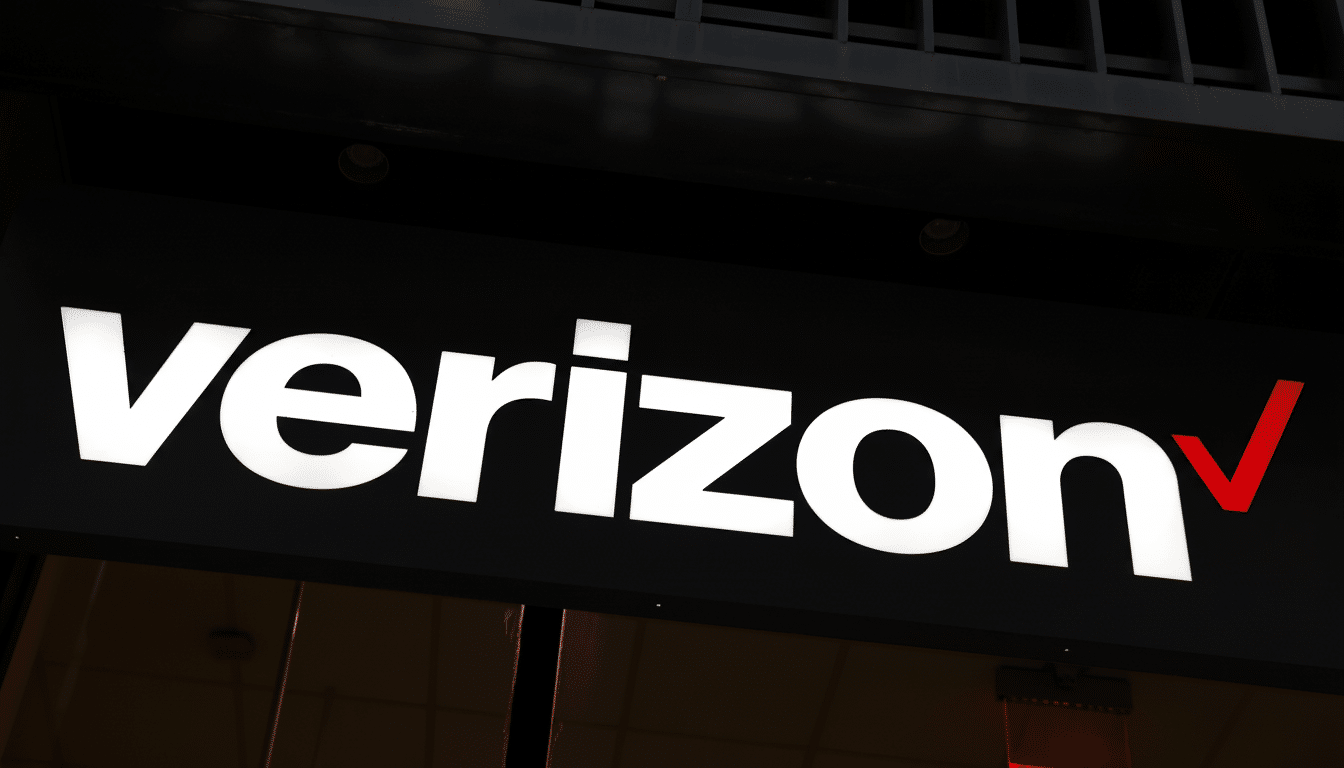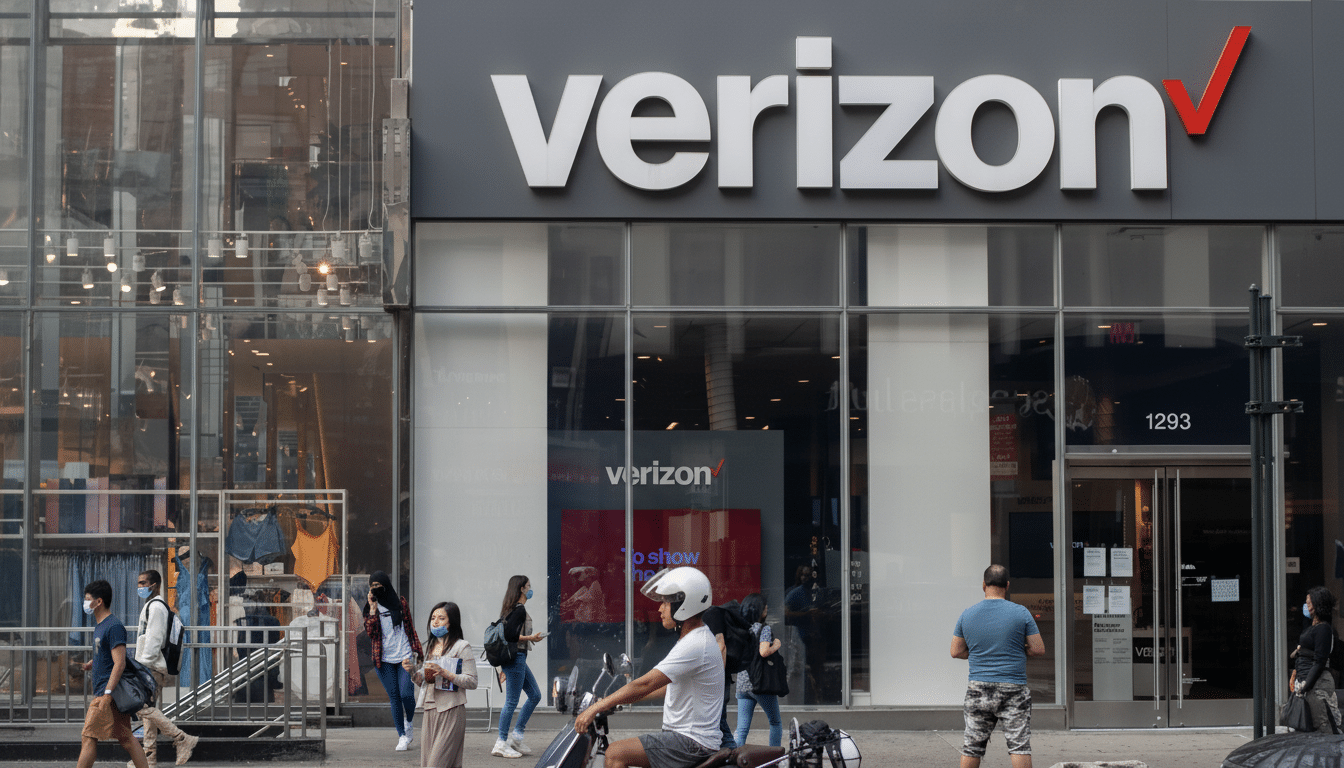Verizon has confirmed a vast restructuring that will result in 13,000 job cuts and the conversion of 179 company-owned retail stores into simpler kiosks staffed by third-party workers. The carrier portrayed this as a plan to “optimize growth opportunities,” while it attempts to pivot toward new technologies.
The company announced a $20 million career transition fund for the affected employees, and stressed that it is one of the biggest single workforce reductions in its history.

The first word of the cuts was reported by Bloomberg, which Verizon then verified, casting them as crucial to improving execution in a ruthlessly competitive wireless market.
The announcement comes on top of 20,000 job cuts over the last three years, but those were spread out across several rounds rather than a single burst.
What Verizon Is Changing in Jobs, Stores, and Strategy
Both headcount and retail strategy will be the focus of the restructuring. The move will result in more than 13,000 job cuts across the business, with 179 corporate-owned stores being converted to a franchise model that has gained traction in the industry under the likes of “authorized retailers.” Verizon said the move will simplify operations and free up resources for growth opportunities, customer experience, and network leadership.
Executives said employees will be informed about further changes to their structures and organizations as they happen. Verizon also responded to speculation that the cuts were related to automation, saying they are not linked to a single AI initiative, even though the company is investing in digital tools aimed at making service and support simpler.
Why Verizon’s store conversion move matters to customers
Transferring company-run outlets to franchised dealers reduces fixed costs and enables more flexible expansion in new geographies. It also alters what customers at the counter might experience. Authorized retailers are Verizon-branded but independent, and their staffing models and some in-store policies can differ from corporate stores, which can contribute to disparities in charges, return policies, and promotions.
Verizon isn’t the only one with that kind of variation. AT&T and T-Mobile have already been relying heavily on dealer networks, a shift hastened as carriers optimize their retail footprints and drive more transactions online. J.D. Power retail surveys consistently show that transparent pricing, capable employees, and an efficient device activation process underpin satisfaction — these will also be watched carefully as Verizon’s franchised footprint expands.

For customers, the pragmatic move is to scrutinize receipts and return policies at the time of dealing, and refer any billing or plan changes to official customer care channels if local store practices don’t meet expectations.
Pressure points shaping Verizon’s strategy and spending
Verizon is under pressure on several fronts. T-Mobile has been the largest gainer in recent quarters of postpaid phone subscriptions, and cable operators that resell phone service — Comcast’s Xfinity Mobile, Charter’s Spectrum Mobile — have won millions of lines by packaging wireless with home internet. Meanwhile, device promotions have grown more aggressive, squeezing margins even as customers demand premium network performance.
It has also incurred a heavy investment tab. Verizon spent over $45 billion to buy midband C-band spectrum and has invested billions more on 5G deployment and fixed wireless access, a business that it says is now net adding millions of broadband connections. Cracking down on operating costs — and that includes for labor and retail — fits with a cost-savings program that telecom analysts have long maintained is crucial to maintaining their returns on those investments.
Carriers are increasingly moving more customer journeys to the digital world, industry group CTIA said. That can help them keep costs low and offer speedy service, but it also ups the ante for things like frictionless apps, helpful chat support, and nimble logistics — where Verizon will be scrutinized as it streamlines its brick-and-mortar footprint.
What it means for Verizon’s workforce, customers, and investors
Workers also will be provided with additional help in the form of career services and other resources, in addition to standard severance practices, through the $20 million transition fund for employees. In some jurisdictions, mass layoffs can set off requirements to notify workers in advance, known as Worker Adjustment and Retraining Notification laws, letting affected staff receive formal notices and timing as the process begins.
That way, for customers, Verizon can try to demonstrate that a slimmer company can continue delivering top-notch network prowess and dependable customer support. Look for more in-app tools, consistent billing experiences across channels, and stable call center wait times as signs of execution. There could be a critical friction point to navigate any discrepancy between corporate policies and dealer practices.
For investors, churn and service revenue growth will be the key metrics to watch, while keeping an eye on promotional intensity versus profits. Verizon says there are other internal changes still to come, as it reorganizes. Whether this hard reset is enough to stabilize market share — and if the store conversion strategy boosts customer satisfaction at scale — will determine whether this pivot flies.

